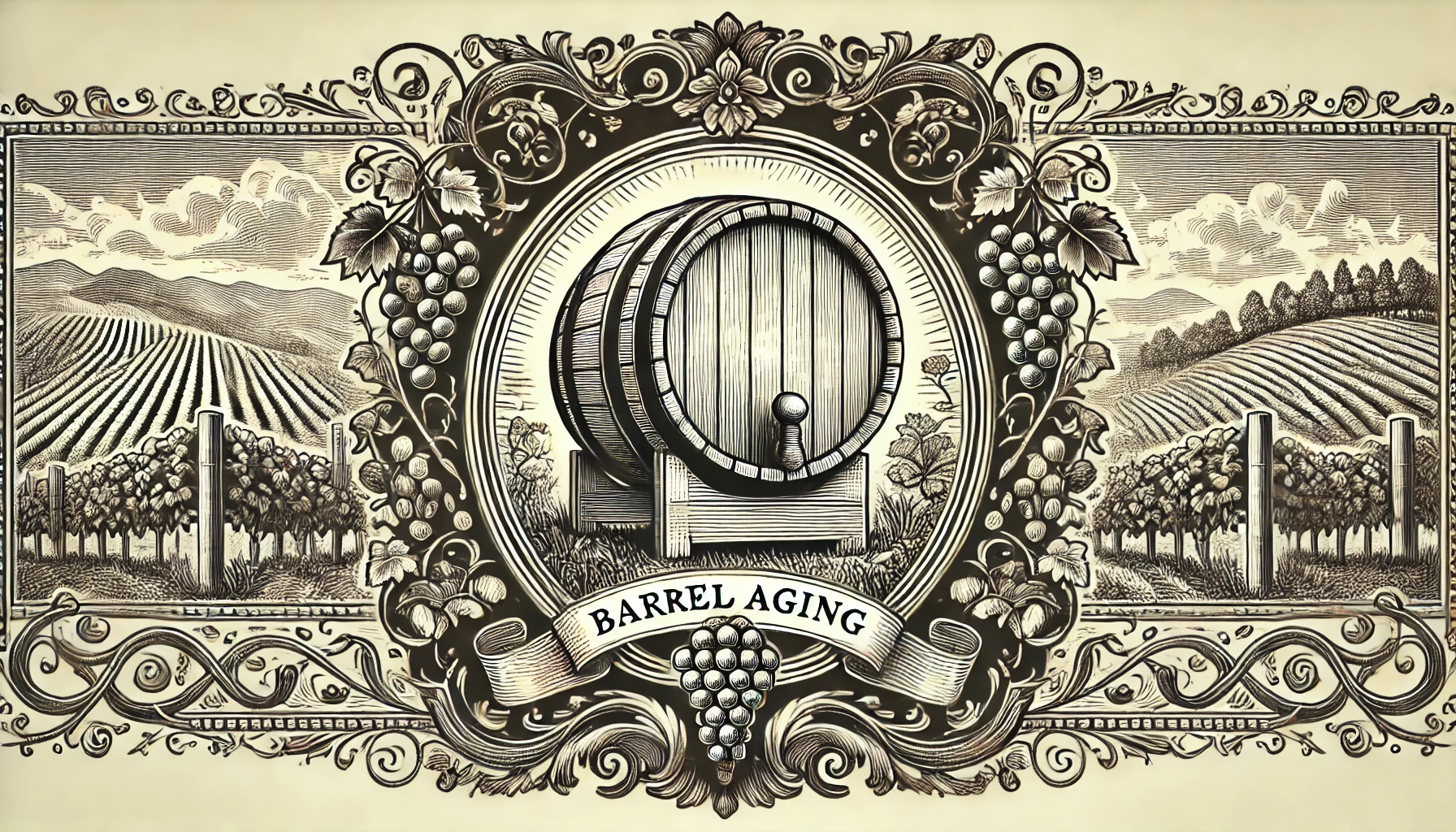
Barrel aging is a traditional technique winemakers use to enhance flavor, texture, and complexity. During barrel aging, wine is stored in oak barrels for several months to years, allowing it to develop unique characteristics. Oak barrels contribute specific flavors, like vanilla, spice, and smoke, which integrate with the wine over time.
The type of oak matters. American oak barrels often impart bold flavors, while French oak adds subtle, refined notes. Eastern European oak has a profile somewhere in between. Winemakers select the type based on the style of wine they want to create. Additionally, the barrel’s age affects the flavor. New oak barrels provide stronger flavors, while older barrels have a gentler impact.
Barrel Aging Also Softens Tannins
Tannins are compounds found in grape skins and seeds, and they contribute to a wine’s structure and mouthfeel. Oak barrels allow for slow oxygen exposure, which mellows these tannins, creating a smoother, rounder wine. This process is especially beneficial for bold red wines like Cabernet Sauvignon or Syrah, which can be harsh without aging.
The size of the barrel influences the process too. Smaller barrels have a higher surface area-to-volume ratio, exposing more wine to oak. This creates stronger oak flavors and speeds up the aging. Larger barrels have less contact with the wine, resulting in a more subtle oak influence.
During aging, wine also absorbs oxygen through the barrel’s pores. This oxygen integration reduces the wine’s astringency and allows complex flavors to emerge. The gradual exposure helps wines develop more layered, nuanced profiles. White wines, such as Chardonnay, also benefit from barrel aging. In these wines, oak contributes creamy textures and notes of butter or caramel, enhancing the wine’s richness.
Barrel aging requires patience and skill. Winemakers monitor the process carefully, tasting regularly to ensure the wine doesn’t become over-oaked. They may rack the wine, transferring it to new barrels or different tanks, to refine its taste. The final result is a wine with depth, balance, and a connection to centuries-old winemaking traditions.
Curious about more wine terms and insights? Visit our Wine Wiki section and explore the basic wine terms for expert definitions and tips!